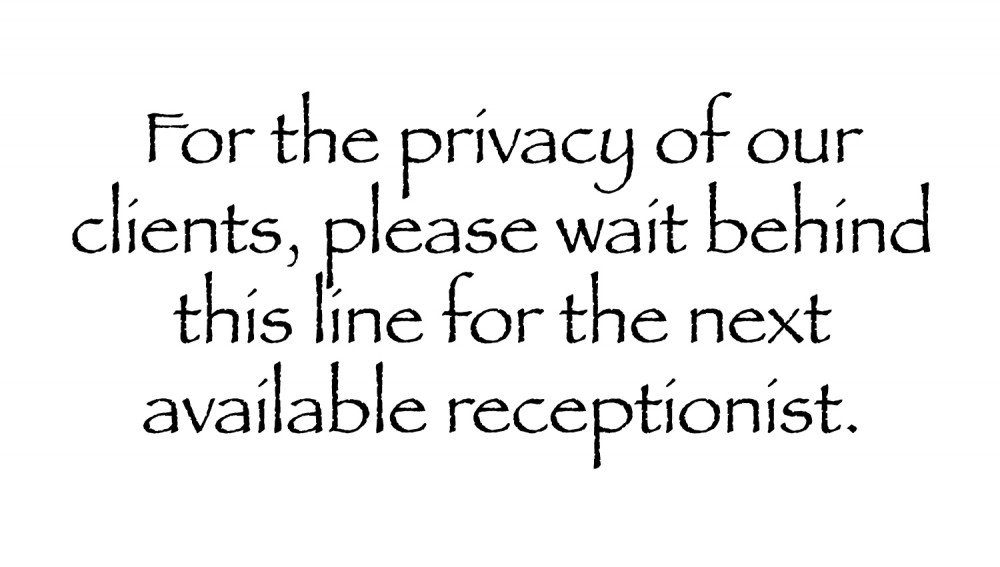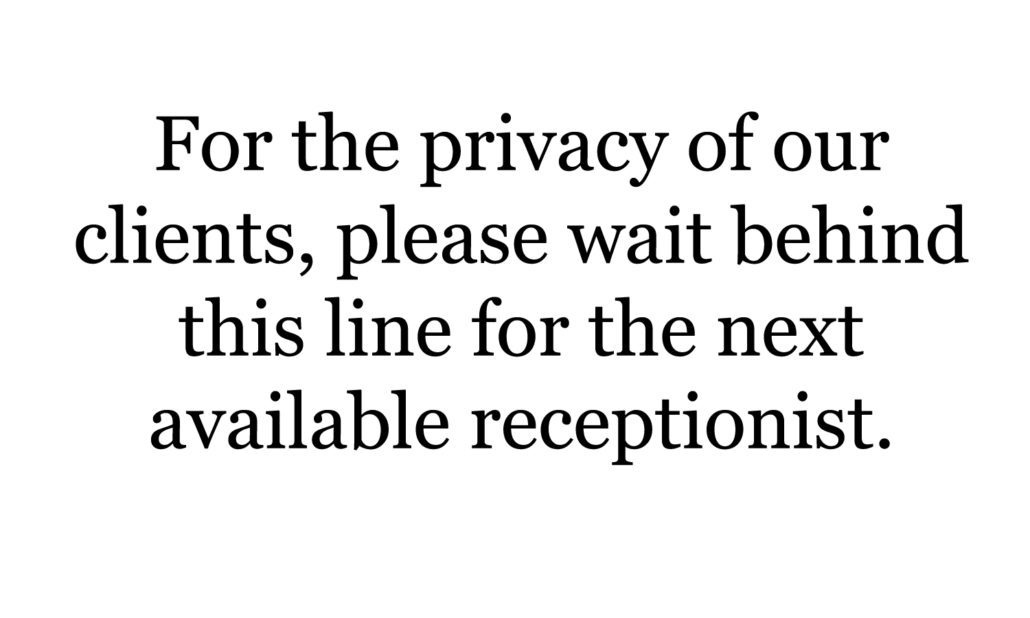Social media has changed the landscape of the Internet, and it has changed the way in which many industries conduct business. Health care is no different. Increased connectivity and peer-generated education have made it more important than ever for practices to expand their expertise into new mediums to help patients achieve their best possible outcomes. In the modern world, this means learning an entirely new approach to patients’ education, marketing, industry interactions, and management of the practice’s word-of-mouth messages. At the heart of this new challenge lies social media. This article is designed to help you get started using this tool effectively at the practice level.
Key No. 1: Understand What Social Media Really Means
When many people think of social media, they think of Facebook. Although it certainly is a great and important example, Facebook does not define the medium. A working definition of social media that helps create action at a practice level is as follows: social media is the ability of people to connect in ways that were never possible before and to share stories and content that create conversation and define their experiences. There are a couple key points here. First, social media enables people (your patients) who would never meet in real life to talk to each other about you. It connects people in meaningful ways, ways that were not possible just 10 years ago. This means that your patients may come into your practice with a knowledge of the industry—and you—that they could never have had without these new tools. Some of the information patients receive may be false and may make your job more difficult. Second, social media allows people to share stories and create a collective experience. In other words, Internet users are beginning to define businesses without the influence of traditional marketing. They are sharing stories that will define you. This obviously matters greatly to your practice.
Key No. 2: Be Authentic
Many people believe that, because they have created social media outlets, qualified leads will follow. Remember, most social networks were not created for conducting business. Simply having a Facebook fan page is akin to a guy in a suit and tie sitting in a corner at a fraternity party. He makes people uncomfortable. He is not there to party, and worse, everybody knows it. Make your postings relevant, real, and maybe even unpolished.
Key No. 3: Commit Time and Resources
As you jump into the work of implementing social media at the practice level, it is vital to remember that social media is social. It takes time and commitment to foster results in the social arena, just as it takes time in real life to create and nurture family relationships and friendships. There are no shortcuts, so plan on dedicating at a minimum 8 to 12 hours a week to your social media endeavors. Larger clinics may have staff members manage their social sites, but understand that a doctor’s presence within social media adds great value and will be crucial to your practice’s long-term success. For starters, commit one or two staff members to dedicate 2 to 3 hours each week to managing your social media and expand from there.
Key No. 4: Get a Plan
You have set aside the time to manage social media. What next? Many practitioners think to themselves, “I have a personal Facebook page. I will just create one for my practice and run it the same way.” This approach can produce very negative results. As in real life, social media relationships are not all the same, so you need to know why you are conducting specific activities online. For example, do you want to generate new leads? Run a promotional contest. Do you want to educate people? Write a blog, use Twitter to share interesting articles with your patients, or create a YouTube channel with educational videos.
What are you trying to accomplish by incorporating social media into your practice’s marketing plan? Make sure your social media plan clearly and succinctly answers this question.
Key No. 5: Understand the Tools
You have set aside the time, and you have a plan. What tools do you want to use? As discussed in Key No. 1, social media is much more than Facebook. If you want to blog, hundreds of tools are available, each offering different features and benefits. There are dozens of networking sites, hundreds of platforms for contests and promotions, and perhaps five or six good sites for sharing video; the list grows daily. Get to know the tools available and choose the ones that best fit your goals. (Because there are too many tools to explain here, jump to Key No. 8 if you are overwhelmed.)
Key No. 6: Implement Your Plan Across the Practice (Not Just on the Internet!)
At the practice that I manage, our Web sites exist as a static place on the Internet, where they function like an ad in cyberspace. People visit the sites, read some of the information, and then call (one hopes). Social media is vastly different. A major reason to invest time in social media is that you wish to be active in the conversations about you that are taking place on the Web. Right now, someone may be posting a review of you or your practice on Yelp or Google Reviews. Do you know what he or she is saying? You should. If someone says something negative, you want to be able to respond. If someone gives you a rave review, you want to thank him or her. If someone offers great feedback, you want to take it to your team and implement the change.
This is the point at which social media intersects with real life, and you and your team must approach every day knowing that each patient could be reviewing you right now. Social media presents an opportunity for you to ask your best patients to offer positive reviews about your practice across your social channels. Remember, your patients are telling your story; you no longer have control of the message. Getting your team to turn real-life interactions into social interactions is important.
Key No. 7: Learn to Measure
How do you know your social media efforts are working? I hope you are already asking this of your traditional marketing; social media is much trickier. Do numerous Facebook “fans” or individuals’ “liking” your practice mean you are a success? If your videos have been viewed 5,000 times, are your patients better educated? What do you do with bad reviews? What do you do with good reviews? Learning to measure your results and change course to achieve your goals is vital to any marketing effort but especially social media. A major reason is that, with social media, you are dealing with real people rather than print ads. You need to have a plan, commit the time, know what you want people to do, stay on message, and keep moving forward to be successful.
Key No. 8: Practice and Experiment
One of the best parts of social media is that you can practice your engagement with people and experiment with new tools relatively cheaply. Our practice decided to run a Facebook contest. We got it up and running, ran the contest, gathered results, measured our outcomes, and moved forward—all in 45 days. When you try new things, you learn. When you learn, you get better. You practice surgery, experiment with new lenses and tools, talk with colleagues, perform research, and gather new skills as a doctor. You will need that same innovative attitude for social media. One size does not fit all, so you will need to find the approach that works best for you.
Key No. 9: Get Help
You are not a social media expert. If you do not want to waste your time and resources, get some help. Find someone on your staff who can head up a social media initiative for your practice. Ask your marketing team’s members if they can create a robust plan, study the tools, and take action. Alternatively, partner with a new team to move forward with social media.
Conclusion
Across the Internet, conversations are taking place about LASIK, about cataracts, and about you. Many of these conversations do not include doctors, members of your staff, or anyone who will guide the discussants to your doorstep. If you follow the nine keys presented herein, you will be able to join the social media conversation with confidence and meet your goals: driving new patients to your practice, educating them, encouraging them, connecting them, and celebrating their stories.
This article originally appeared in Cataract & Refractive Surgery Today. Click here to download a PDF version.
Matt Jensen, MBA, is Founder and Principal of Matt Jensen Marketing, CEO of Vance Thompson Vision, and a certified Experience Economy Expert.
Read more articles by Matt


